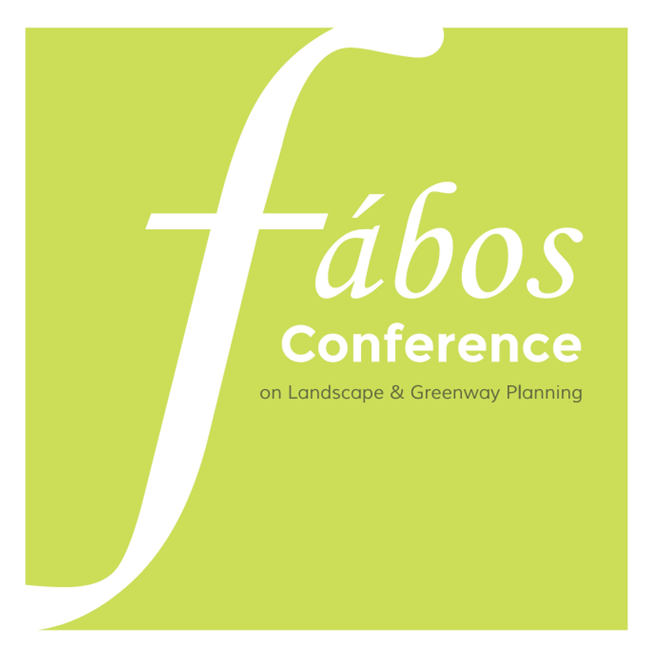Seeds of Change: Greenhouse Infrastructure for Icelandic Afforestation
Abstract
Iceland stands on the forefront of climate change, owing to the island’s proximity to the Arctic, extreme weather and unusual geology. Here, climate change challenges have become strikingly visible in the collective landscape and in design discourse (Magnuson, 2021). One example of the impact of climate change can be found in the widespread melting of glaciers in this century, a patchwork landscape amounting to one tenth of the land mass of the country. Afforestation projects offer a design response for these new landscapes, as a means of reducing erosion, creating animal habitat and sequestering carbon. In this way, Icelandic landscapes offer the rest of the world an early glimpse of what climate change futures might be elsewhere, and what types of design solutions could be invoked in response (Gelles, 2024).
This paper shares one model for climate change adaptation, through the greenhouse infrastructure that underpins the Forest Service’s afforestation efforts. The use of greenhouses for the production of saplings creates all sorts of co-benefits, from security and climate control to tourism and better working conditions for growers. Greenhouses operate through complex environmental, educational, economic, social and even cultural logics. Together, these different design lenses enhance climate change adaptation efforts by boosting both the efficiency and adoption of greenhouse systems. In turn, the greenhouses produce saplings that will help the country to “heal place and planet” by responding to climate change pressures over time.
Keywords: Iceland, Afforestation, greenhouse, climate change adaptation
How to Cite:
Clouse, C., (2025) “Seeds of Change: Greenhouse Infrastructure for Icelandic Afforestation”, Fábos Conference on Landscape and Greenway Planning 8(1). doi: https://doi.org/10.7275/fabos.2741
103 Views
200 Downloads
